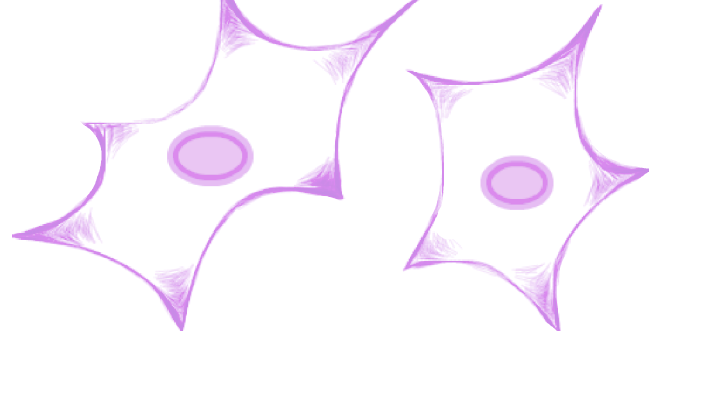| Process: |
GO:10951; negative regulation of endopeptidase activity
GO:42310; vasoconstriction
GO:3081; regulation of systemic arterial blood pressure by renin-angiotensin
GO:45893; positive regulation of transcription, DNA-templated
GO:42981; regulation of apoptotic process
GO:61098; positive regulation of protein tyrosine kinase activity
GO:14068; positive regulation of phosphatidylinositol 3-kinase signaling
GO:50731; positive regulation of peptidyl-tyrosine phosphorylation
GO:7267; cell-cell signaling
GO:50729; positive regulation of inflammatory response
GO:10595; positive regulation of endothelial cell migration
GO:51092; positive regulation of NF-kappaB transcription factor activity
GO:1819; positive regulation of cytokine production
GO:10744; positive regulation of macrophage derived foam cell differentiation
GO:32270; positive regulation of cellular protein metabolic process
GO:1822; kidney development
GO:8217; regulation of blood pressure
GO:10613; positive regulation of cardiac muscle hypertrophy
GO:7186; G protein-coupled receptor signaling pathway
GO:1558; regulation of cell growth
GO:1974; blood vessel remodeling
GO:2016; regulation of blood volume by renin-angiotensin
GO:2018; renin-angiotensin regulation of aldosterone production
GO:2019; regulation of renal output by angiotensin
GO:2027; regulation of heart rate
GO:2034; maintenance of blood vessel diameter homeostasis by renin-angiotensin
GO:3014; renal system process
GO:3051; angiotensin-mediated drinking behavior
GO:3331; positive regulation of extracellular matrix constituent secretion
GO:6606; protein import into nucleus
GO:6883; cellular sodium ion homeostasis
GO:7166; cell surface receptor signaling pathway
GO:7199; G protein-coupled receptor signaling pathway coupled to cGMP nucleotide second messenger
GO:7200; phospholipase C-activating G protein-coupled receptor signaling pathway
GO:7202; activation of phospholipase C activity
GO:7204; positive regulation of cytosolic calcium ion concentration
GO:7263; nitric oxide mediated signal transduction
GO:7565; female pregnancy
GO:7568; aging
GO:8284; positive regulation of cell population proliferation
GO:8306; associative learning
GO:10536; positive regulation of activation of Janus kinase activity
GO:10666; positive regulation of cardiac muscle cell apoptotic process
GO:10873; positive regulation of cholesterol esterification
GO:10976; positive regulation of neuron projection development
GO:14061; regulation of norepinephrine secretion
GO:14824; artery smooth muscle contraction
GO:14873; response to muscle activity involved in regulation of muscle adaptation
GO:16525; negative regulation of angiogenesis
GO:19229; regulation of vasoconstriction
GO:30308; negative regulation of cell growth
GO:32355; response to estradiol
GO:32930; positive regulation of superoxide anion generation
GO:33864; positive regulation of NAD(P)H oxidase activity
GO:34104; negative regulation of tissue remodeling
GO:34374; low-density lipoprotein particle remodeling
GO:35106; operant conditioning
GO:35813; regulation of renal sodium excretion
GO:35815; positive regulation of renal sodium excretion
GO:42127; regulation of cell population proliferation
GO:42311; vasodilation
GO:43085; positive regulation of catalytic activity
GO:43407; negative regulation of MAP kinase activity
GO:45429; positive regulation of nitric oxide biosynthetic process
GO:45742; positive regulation of epidermal growth factor receptor signaling pathway
GO:45777; positive regulation of blood pressure
GO:46628; positive regulation of insulin receptor signaling pathway
GO:48144; fibroblast proliferation
GO:48146; positive regulation of fibroblast proliferation
GO:48169; regulation of long-term neuronal synaptic plasticity
GO:48659; smooth muscle cell proliferation
GO:51387; negative regulation of neurotrophin TRK receptor signaling pathway
GO:51403; stress-activated MAPK cascade
GO:51924; regulation of calcium ion transport
GO:51969; regulation of transmission of nerve impulse
GO:61049; cell growth involved in cardiac muscle cell development
GO:70371; ERK1 and ERK2 cascade
GO:70471; uterine smooth muscle contraction
GO:71260; cellular response to mechanical stimulus
GO:90190; positive regulation of branching involved in ureteric bud morphogenesis
GO:1901201; regulation of extracellular matrix assembly
GO:1903598; positive regulation of gap junction assembly
GO:1903779; regulation of cardiac conduction
GO:1904385; cellular response to angiotensin
GO:1904707; positive regulation of vascular associated smooth muscle cell proliferation
GO:1904754; positive regulation of vascular associated smooth muscle cell migration
GO:1905010; positive regulation of L-lysine import across plasma membrane
GO:1905589; positive regulation of L-arginine import across plasma membrane
GO:2000379; positive regulation of reactive oxygen species metabolic process
GO:2001238; positive regulation of extrinsic apoptotic signaling pathway
|
